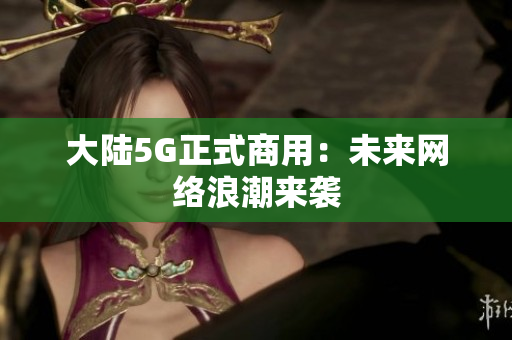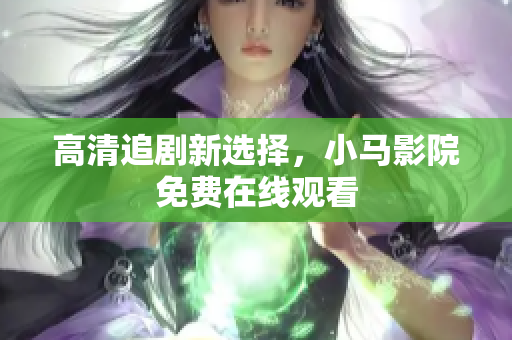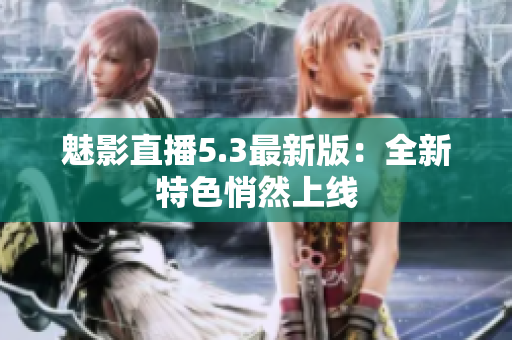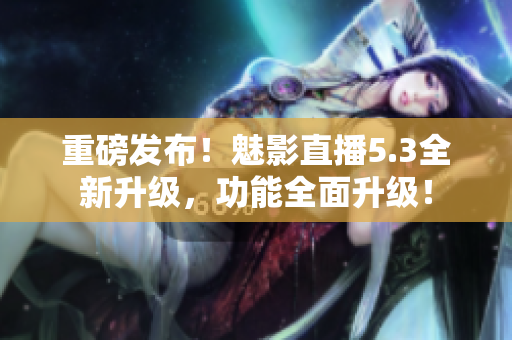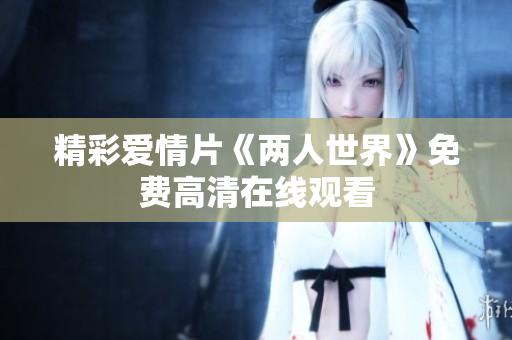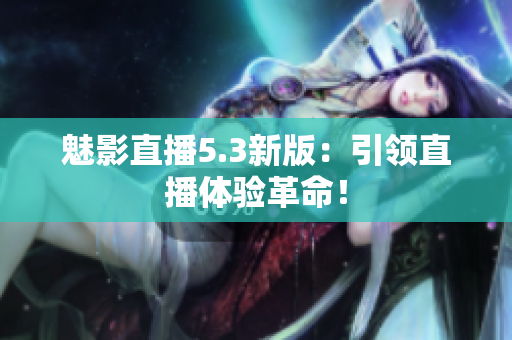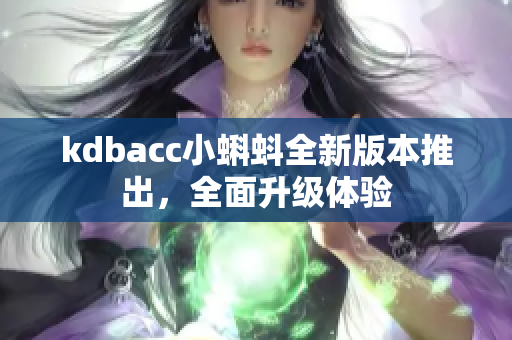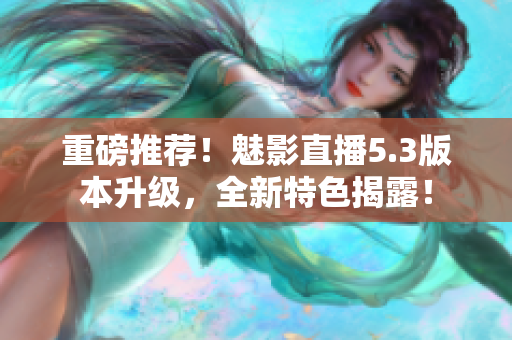Introduction
When it comes to western classical art, there are myriad masterpieces from ancient sculpture and painting to contemporary art that have been produced over centuries. However, in today's rapidly evolving digital age, the advent of 5G technology is revolutionizing all aspects of our lives, including our art forms and creative expressions. This article aims to explore the intersection of western classical art and 5G technology and analyze its impact on the art and culture industry. Additionally, we will also discuss the challenges faced by educators and students in incorporating this new technology into classrooms.
Intersection of Western Classical Art and 5G Technology
With the arrival of 5G technology, the world is experiencing an exponential growth in the volume of data, which is transforming the way artists produce and display their work. For instance, museums and art galleries are now employing 5G network speeds to enhance the quality and accessibility of exhibitions by providing virtual tours, augmented reality (AR) experiences, and interactive displays. These new developments are allowing people to engage with art in innovative ways that were not possible before.
Challenges for Educators and Students in Incorporating 5G Technology into Classrooms
While the integration of 5G technology into the world of art is exciting and groundbreaking, the same cannot be said about incorporating it into the classroom setting. One major challenge for educators and students alike is the high cost of the technology. Modern classrooms require high-end devices and new infrastructure to support 5G speeds, which can be expensive for many institutions and students. Additionally, teachers may face difficulties in adapting their pedagogical approaches to encompass technological advancements while still ensuring they meet the necessary educational standards.
Impact of 5G Technology on Art and Culture Industry
The impact of 5G technology on the art and culture industry is unprecedented. With the help of 5G technology, artists can produce more immersive and interactive artworks, thus providing memorable experiences for viewers. Additionally, 5G technology has enabled the emergence of new art forms such as virtual reality (VR) and AR, which are quickly gaining popularity in the art world. These new art forms are essential in bridging the gap between traditional art and modern technology, attracting new generations of art lovers.
Scarce Resources in the Southeast Asian Early Childhood Education Sector
The early childhood education sector in Southeast Asia is lacking in a variety of key resources. These may include teaching materials, technology, and trained teachers who are capable of implementing current pedagogical practices. The lack of resources is primarily due to the inadequate budgets allocated by the respective governments, as well as the social and economic factors present in the region. As a result, the quality of early childhood education is often limited, leading to consequences later in life such as lower academic achievements and increased poverty.
Conclusion
In conclusion, the intersection of western classical art and 5G technology is opening up new opportunities for creativity and expression. However, challenges remain in integrating this technology into the classroom settings. Additionally, the early childhood education sector in Southeast Asia is in dire need of resources to maintain the quality of education provided. It is essential that governments work together with educators, artists, and experts to ensure that all individuals are given an equal chance to access the wealth of experiences and knowledge that this new technological era provides.

